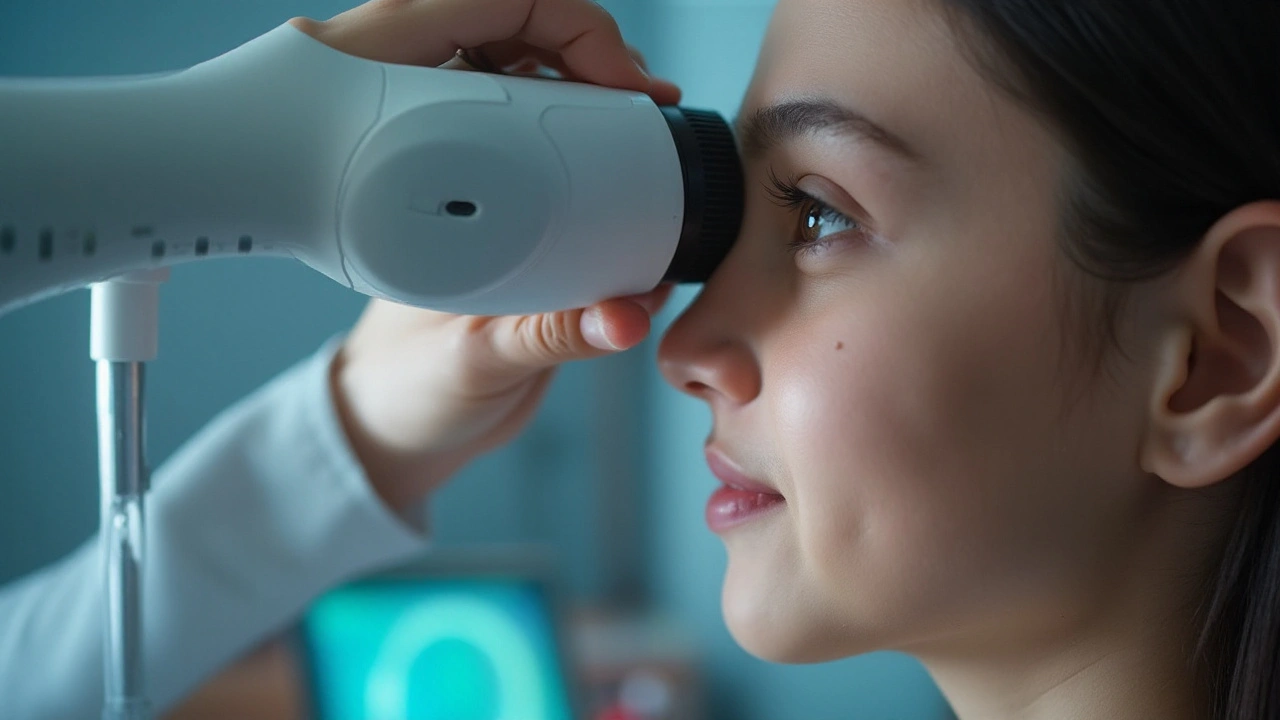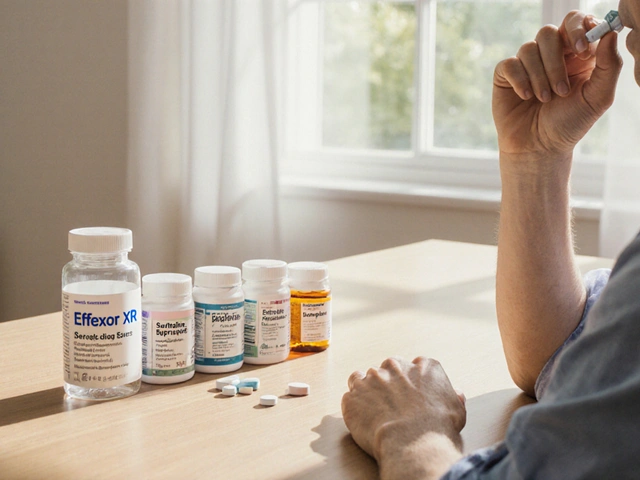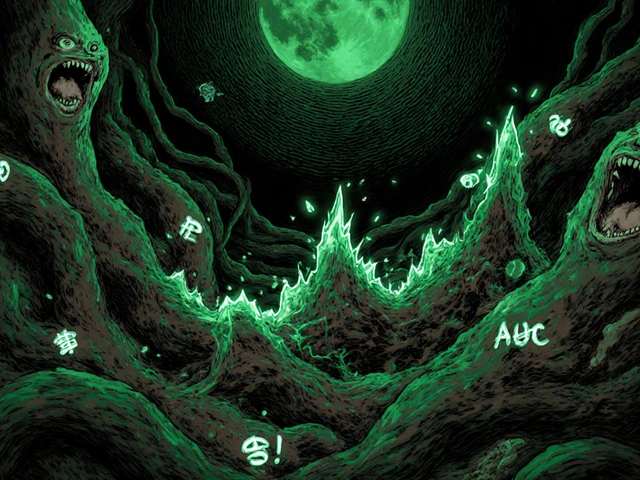Glaucoma Diagnosis: Fast Facts and What Really Happens During Testing
Worried about glaucoma? You’re not alone. It’s one of the leading causes of preventable blindness, but the real danger is that the disease often creeps up without warning. You can’t see or feel early damage, so getting diagnosed early really matters. Here’s what the process looks like in real life.
The first step is usually a basic vision check. Your doctor wants to see if your eyesight has changed, since slow vision loss is a big red flag for glaucoma. But that’s just the warm-up. Next, you’ll get an eye pressure test. Ever had that air-puff machine at your eye doctor? That’s called tonometry and it helps spot higher-than-normal pressure inside your eye—one of the biggest risks for this condition.
If your pressure is up or you have risk factors, doctors don’t stop there. A super-simple but important step is looking at your optic nerve with a bright light. Any changes here can mean damage from glaucoma. Most clinics will take detailed photos of your nerve; this way, they can compare each year and catch even small changes before you notice trouble.
The visual field test comes next. It maps how much you can see from side to side, not just straight ahead. Glaucoma usually steals peripheral vision first—and it’s sneaky, because it’s hard for you to notice on your own. During the test, you look into a dome and press a button when you see tiny lights flash in different spots. Miss spots you shouldn't? That’s a clue your doctor tracks closely.
Newer tests like OCT scans (optical coherence tomography) give a cross-section image of your optic nerve and retina. It’s painless, fast, and lets your doctor see tiny changes that would go unnoticed in older exams. If you hear your clinic offer it, that’s a sign they’re keeping up with the best stuff.
If you have a family history of glaucoma or are over 40, doctors are extra vigilant. You might get tested more often, even if nothing hurts or looks wrong. Not sure if you’re at risk? Risk goes up with age, family history, diabetes, nearsightedness, and being of African or Hispanic descent.
But here’s the reality: glaucoma diagnosis isn’t about scary machines or bad news. The real message is this: the earlier you catch it, the better your shot at saving your sight. Glaucoma can’t be reversed, but catching it early means you can stop it from getting worse. If you haven’t had a test in a couple of years, book one. If you don’t understand your results, ask your eye doctor. That’s what they’re there for. And if you ever get new symptoms—like sudden loss of vision, pain, or halos around lights—get checked out right away. Your eyes could depend on it.

Advanced Optic Nerve Imaging for Glaucoma Diagnosis & Control
Optic nerve imaging plays a pivotal role in the early diagnosis and ongoing monitoring of glaucoma, a condition that can lead to irreversible blindness if untreated. This article delves into the methods and technologies used in optic nerve imaging, explains its importance, and offers tips on how patients and healthcare professionals can make the most of these tools.




